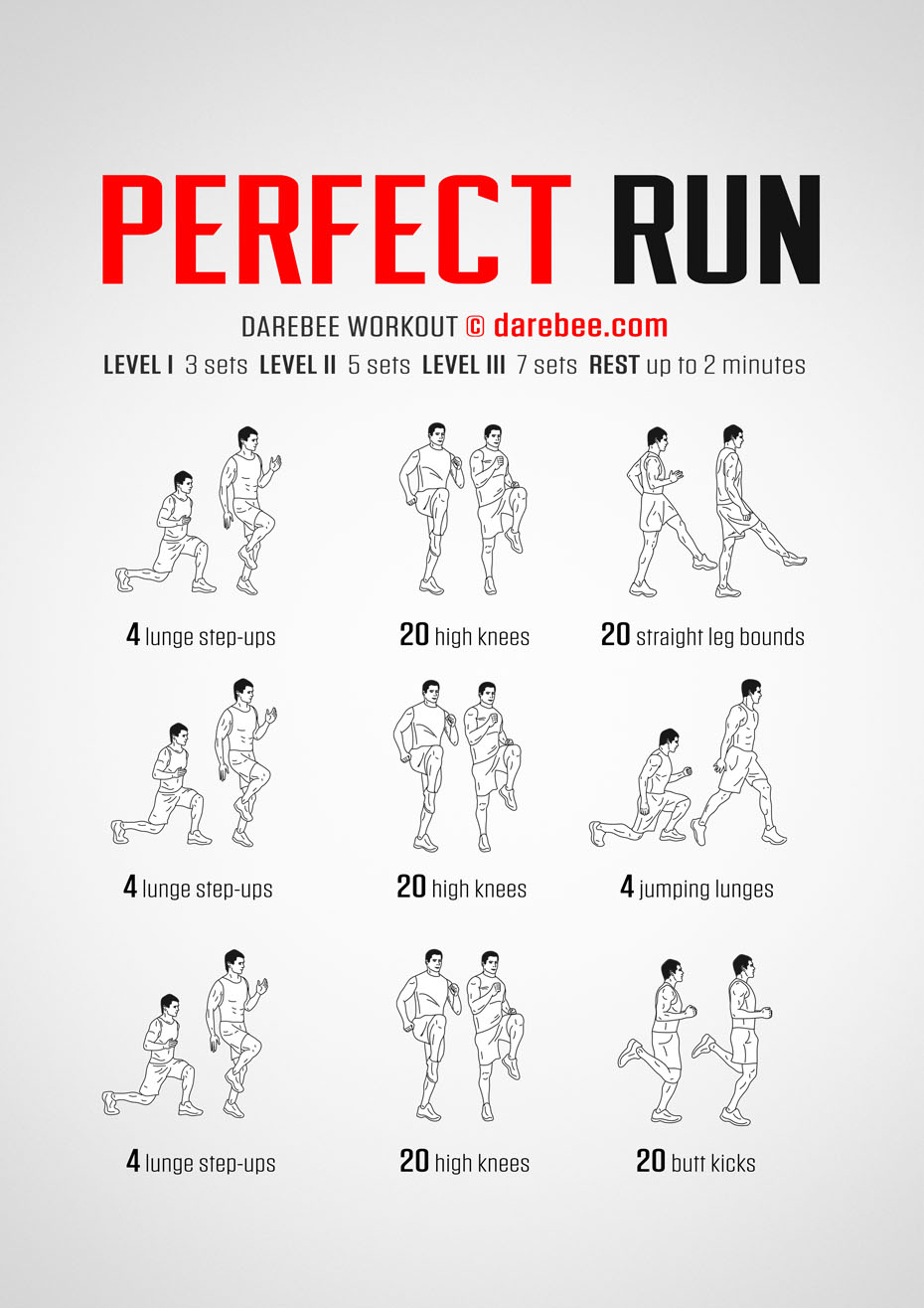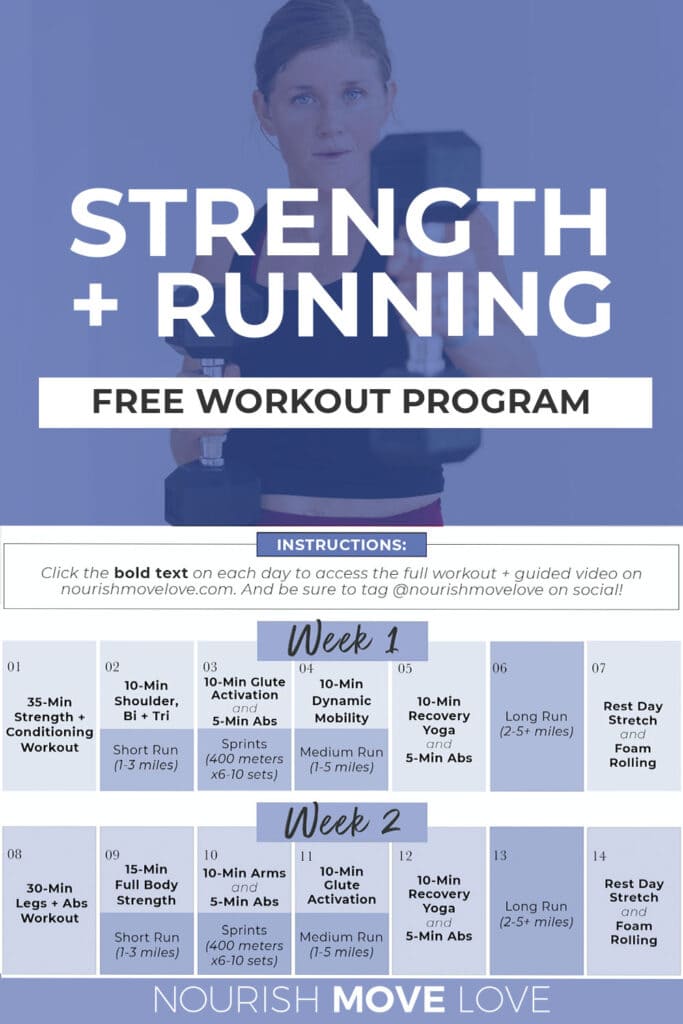Running Workout Tips: Enhance Your Efficiency Today
Wiki Article
Exactly How to avoid and Take Care Of Discomfort in Operating: Expert Tips and Recommendations
The pursuit of that jogger's high can often be hindered by the undesirable friend of pain. There exist proven techniques and expert advice that can help mitigate and take care of these discomforts, enabling you to focus on the joy of running itself.Relevance of Correct Shoes
Correct footwear plays a vital duty in avoiding and taking care of pain for runners, as it significantly impacts their comfort, performance, and total foot health. When it comes to running, putting on the right shoes can make all the distinction. Uncomfortable or incorrect shoes can bring about a host of problems such as sores, shin splints, plantar fasciitis, and even much more extreme injuries like stress and anxiety cracks.Picking the right operating footwear includes taking into consideration variables such as foot type, stride auto mechanics, running surface, and individual preferences. Joggers with high arcs may require more cushioning and support, while those with flat feet may benefit from security shoes. In addition, comprehending pronation (the internal rolling of the foot) and supination (the outward rolling of the foot) can help in picking shoes that offer the ideal degree of arch support.
Investing in quality operating footwear that are ideal for your individual demands can help avoid pain and discomfort while boosting your running experience. Focusing on correct footwear is not almost efficiency however also regarding securing your foot health in the long run.

Effective Workout Methods
Footwear choice is just one facet of planning for a successful run; an additional critical component is applying efficient warm-up strategies to enhance efficiency and lower the threat of injury. A vibrant warm-up routine before a run helps raise blood circulation to the muscles, boosts adaptability, and improves the variety of movement of the joints. Dynamic extends like leg swings, high knees, and hip circles are helpful in preparing the body for the physical demands of running. Slowly boosting the strength of the warm-up exercises can aid turn on the muscular tissues and improve neuromuscular sychronisation.Along with vibrant stretches, integrating some light cardio exercises such as running or missing rope can even more elevate the heart rate and heat up the body. This combination of vibrant extending and light cardio assists loosen up tight muscles, lubricate the joints, and emotionally prepares the jogger for the upcoming workout (running workout). By making workouts a consistent component of your running regimen, you can considerably minimize the risk of injuries and carry out at your finest throughout each run
Key Extending Workouts
When getting ready for a run, including vital stretching exercises is vital to enhance muscle flexibility and prevent injuries - Read More. Dynamic stretches such check this link as leg swings, high knees, and hip circles are beneficial for warming up the muscle mass and boosting variety of motion prior to a run. These movements help boost blood flow, loosen up limited muscular tissues, and prepare the body for the task aheadStatic stretches like calf stretches, hamstring stretches, and quadriceps stretches should adhere to a go to help in muscular tissue healing and protect against tightness. Holding each go for 15-30 seconds enables the muscular tissues to relax and extend, decreasing the danger of post-run pain and possible injuries.
In addition, integrating yoga exercise poses like down pet, pigeon pose, and spine twists can target numerous muscle groups all at once, promoting overall adaptability and stamina. Consistent extending routines not just improve efficiency yet also help in maintaining excellent running kind and preventing overuse injuries. Keep in mind, correct stretching techniques are essential for a safe and satisfying running experience.
Recovery and Relax Strategies
After completing a run, executing reliable healing and remainder methods is essential for maximizing performance and minimizing the danger of injuries. One important facet of recuperation is allowing the body time to rest and repair itself. Ample sleep is paramount as it is throughout remainder that muscles recover and expand more powerful. Additionally, including day of rest right into your training timetable is crucial to protect against overuse injuries and burnout.Active recuperation techniques such as mild stretching, foam rolling, and yoga exercise can aid enhance circulation, minimize muscular tissue pain, and enhance adaptability. It is also useful to prioritize hydration and nourishment post-run to replenish electrolytes, glycogen stores, and advertise muscle mass recovery.
Cross-training activities like swimming or cycling can provide a break from the repetitive effect of running while still keeping cardio fitness - running workout. Listening to your body and recognizing when it requires a break is essential to avoid persistent injuries and ensuring long-lasting running success. Keep in mind, rest is not an indicator of weak point but a critical element of a well-shaped training regimen
Cross-Training Advantages

It permits you to function on various elements of physical fitness that may not be targeted only through running, leading to a much more balanced and well-rounded athlete. Additionally, cross-training can assist improve running efficiency by resolving muscle inequalities and weaknesses that may impede efficiency.
Conclusion
Finally, proper shoes, warm-up strategies, stretching exercises, recuperation approaches, and cross-training are necessary elements in stopping and handling discomfort in running. By integrating these methods into your regimen, you can lessen the threat of injury and discomfort while optimizing efficiency and satisfaction of the sporting activity. Read More. Remember to pay attention to your body, prioritize remainder and healing, and seek expert assistance when required to guarantee a secure and effective running experienceReport this wiki page